
Welcome to J1 Beach, the new gem of Dubai's coastline, where sun, sand, and sumptuous dining converge. This vibrant beach resort has emerged from the ashes of La Mer South, which was demolished in December 2022, and it has now unveiled a remarkable collection of twelve unique beach clubs and restaurants. Each venue promises an unforgettable experience, from the laid-back vibes of Tulum to the chic elegance of St. Tropez.
Introducing the 12 Exciting Concepts at J1 Beach
Sirene by Gaia

Step into a world of Aegean-inspired luxury at Sirene Beach by Gaia. This stunning destination boasts hidden bars, a sprawling restaurant accommodating up to 400 guests, a golden beach, and a lavish swimming pool surrounded by 300 sunbeds and private VIP cabanas. Whether you're lounging by the pool or enjoying a delectable meal crafted by renowned chef Izu Ani, expect a menu rich in Greek-Mediterranean delights. With the ambiance enhanced by resident DJs, the day unfolds into magical Myconian-style evenings. Weekday access is priced at Dhs300, rising to Dhs500 on weekends.
- Facilities: Swimming pool, private cabanas, sunbeds, beach access, dining area, and DJ entertainment.
- Location: J1 Beach, Jumeirah 1
- Hours: Daily 10 AM - 1 AM
Gitano
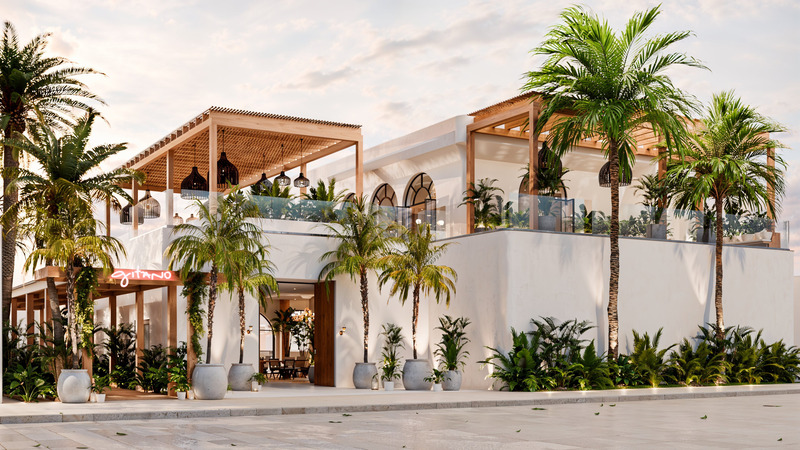
Originating from Tulum, Gitano embodies a bohemian spirit with its lush, tropical aesthetic. The interior is adorned with verdant plants and rustic wooden tables, creating a vibrant atmosphere under shimmering disco balls. Guests can indulge in modern Mexican cuisine and signature mezcal cocktails, either in the lively ‘Jungle Room’ or from a sun lounger on the beach. Weekday loungers are priced at Dhs350, while weekends see a rise to Dhs400.
- Facilities: Indoor and outdoor seating, pool area, beach access, and a vibrant cocktail bar.
- Location: J1 Beach, Jumeirah 1
- Hours: Beach 11 AM - 7 PM; Restaurant 12 PM - 1 AM (Weekdays), 12 PM - 3 AM (Weekends)
Gigi Rigolatto

Bringing a taste of St Tropez to Dubai, Gigi Rigolatto combines Italian charm with French Riviera flair. With a beautifully landscaped garden, inviting pool, and a boutique, this venue is perfect for leisurely days spent in style. Families will love the upcoming Gigi Circus kids club, making it a popular spot for all ages.
- Facilities: Pool, garden area, kids club, and boutique shopping.
- Location: J1 Beach, Jumeirah 1
- Hours: Pool 10 AM - Sunset; Restaurant 12 PM - 6 PM, 8 PM - 1 AM
Almayass by the Sea

This family-run Armenian-Lebanese restaurant transports diners to the heart of 1966 Beirut with its exquisite seafood and mezze offerings. Located at the edge of J1 Beach, Almayass features an inviting indoor space filled with charming trinkets and an outdoor terrace with stunning views. It's the second UAE location for this beloved brand.
- Facilities: Indoor dining, outdoor terrace, and a cozy ambiance.
- Location: J1 Beach, Jumeirah 1
- Hours: Daily 12 PM - 1 AM
Chouchou
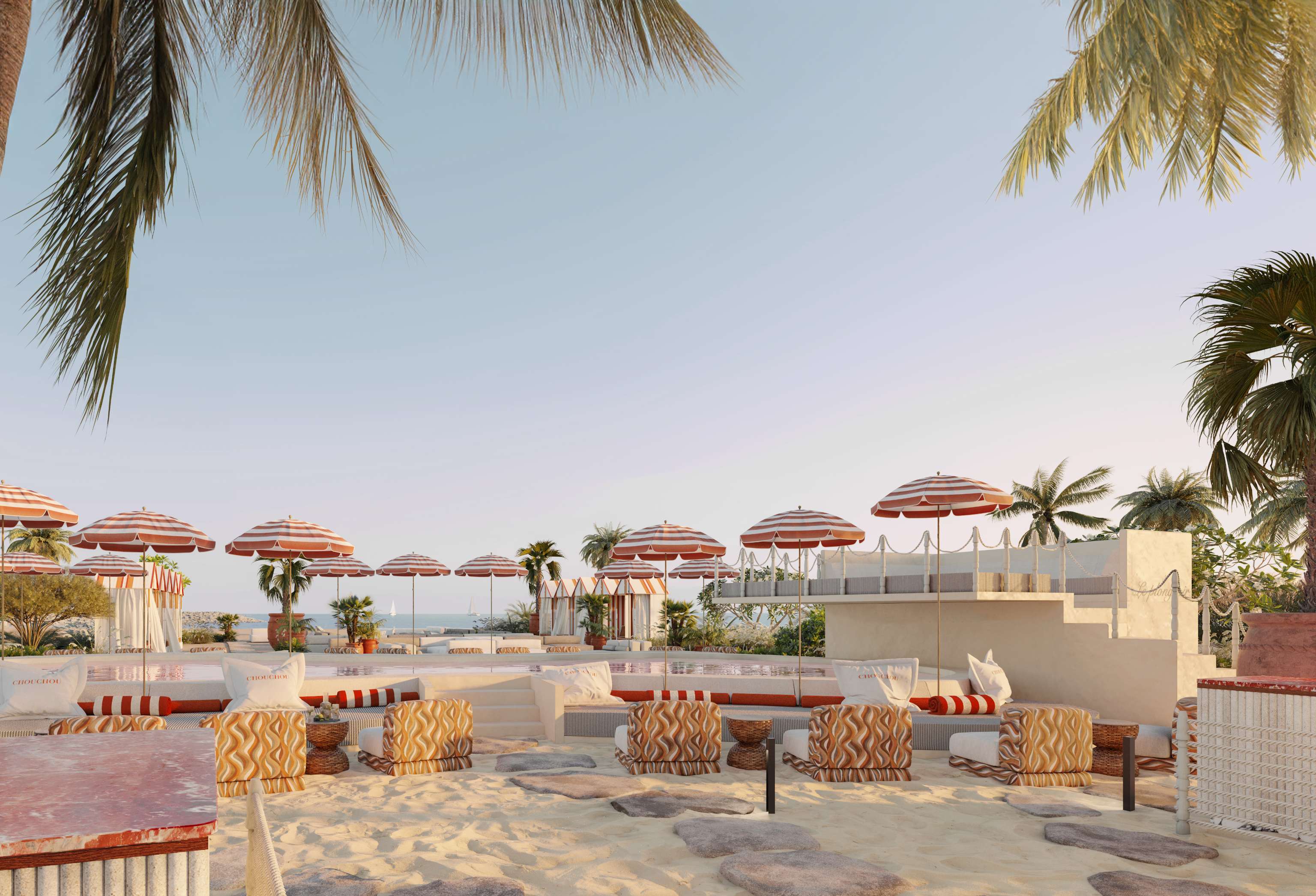
Experience the essence of St Tropez at Chouchou, touted as Dubai’s first private members beach house. This chic French beach club spans two floors and features a pool, salon, and several bars. While the downstairs area welcomes all, the upstairs remains exclusive to members. Pool day rates are Dhs250 on weekdays and Dhs350 on weekends for adults, with child rates at Dhs100 for under-14s.
- Facilities: Members-only lounge, pool area, multiple bars, and dining space.
- Location: J1 Beach, Jumeirah 1
- Hours: Daily 9 AM - 2 AM
Bâoli
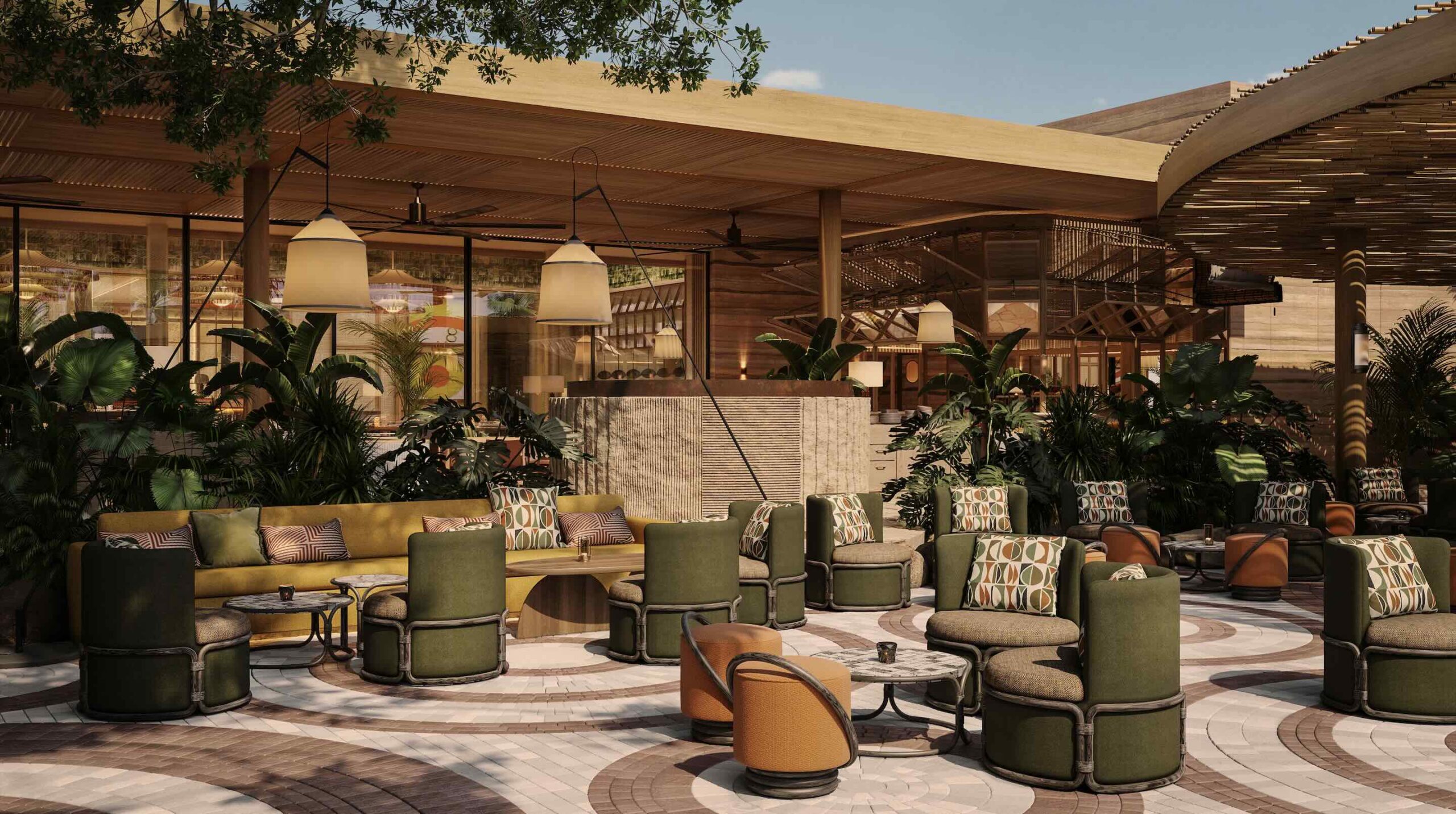
Hailing from Cannes, Bâoli offers a sprawling 2,000 square meters of luxury. This vibrant venue features a beach, pool, and a petal-shaped sun deck. Relaxation reigns during the day, but as the sun sets, the energy shifts to an exciting nightlife vibe. Access to the pool and beach is Dhs500, with Dhs400 redeemable on weekdays and Dhs600 on weekends.
- Facilities: Swimming pool, sun deck, sunset lounge, and a speakeasy bar.
- Location: J1 Beach, Jumeirah 1
- Hours: Daily 10 AM - 1 AM
African Queen
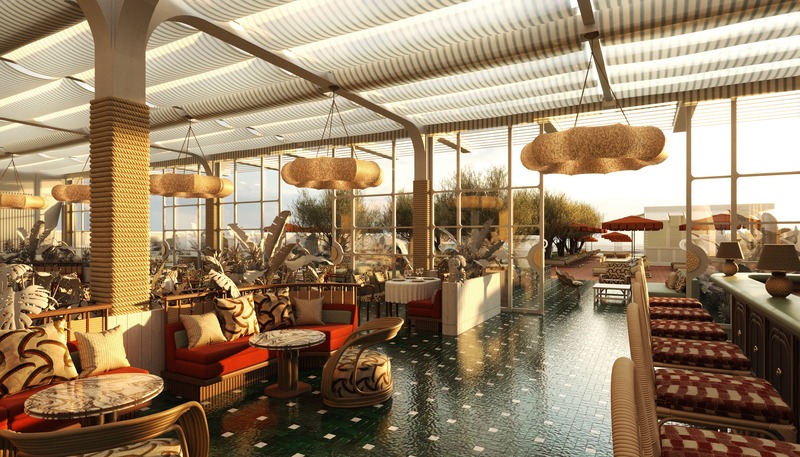
Revived by the founders of Beefbar, African Queen brings exotic fine dining to Dubai from its French Riviera roots. Expect Mediterranean dishes infused with African flavors, all served in a casual yet stylish setting. Access to the pool is Dhs350 non-redeemable, while beach beds are available for Dhs300.
- Facilities: Restaurant with indoor and outdoor seating, pool area, and beach access.
- Location: J1 Beach, Jumeirah 1
- Hours: Daily 12 PM - Sunset (Pool and Beach); 12 PM - 12 AM (Restaurant)
Sakhalin

This Michelin-starred restaurant from Moscow introduces a unique blend of Mediterranean and Asian cuisines to Dubai, offering a memorable dining experience in both the upscale restaurant and a laid-back beach setting. Dishes are crafted by star chef Vladimir Mukhin, ensuring a culinary adventure.
- Facilities: Upscale dining, beachside seating, and an exquisite cocktail menu.
- Location: J1 Beach, Jumeirah 1
- Hours: Daily 12 PM - 12 AM
LÚNICO

Infusing Spanish elegance into the culinary scene, Lúnico offers fine dining and late-night bar experiences inspired by the phases of the moon. It promises haute cuisine and master mixology in a sleek and sophisticated setting.
- Facilities: Fine dining restaurant, bar area, and stylish decor.
- Location: J1 Beach, Jumeirah 1
- Hours: Daily from 6 PM
Kaimana Beach

Experience the vibrant spirit of Polynesia at Kaimana Beach, featuring an indoor-outdoor restaurant and a lively pool area adorned with canary yellow loungers. With a menu highlighting Asian-Polynesian flavors, pool loungers are Dhs250 and beach sunbeds Dhs300, both fully redeemable.
- Facilities: Indoor and outdoor dining, tiki-inspired decor, and a central swimming pool.
- Location: J1 Beach, Jumeirah 1
- Hours: Beach 12 PM - 7 PM; Restaurant 12 PM - 1 AM
La Baia by the Beach

Inspired by the Amalfi Coast, La Baia offers a taste of Southern Italy with its charming decor and delightful live performances. Enjoy a relaxing day on the beach or by the pool, with access starting at Dhs300 on weekdays and Dhs350 on weekends, half of which can be credited towards food and drinks.
- Facilities: Pool area, beach access, live entertainment, and Italian dining.
- Location: J1 Beach, Jumeirah 1
- Hours: Daily from 12 PM
Ninive Beach
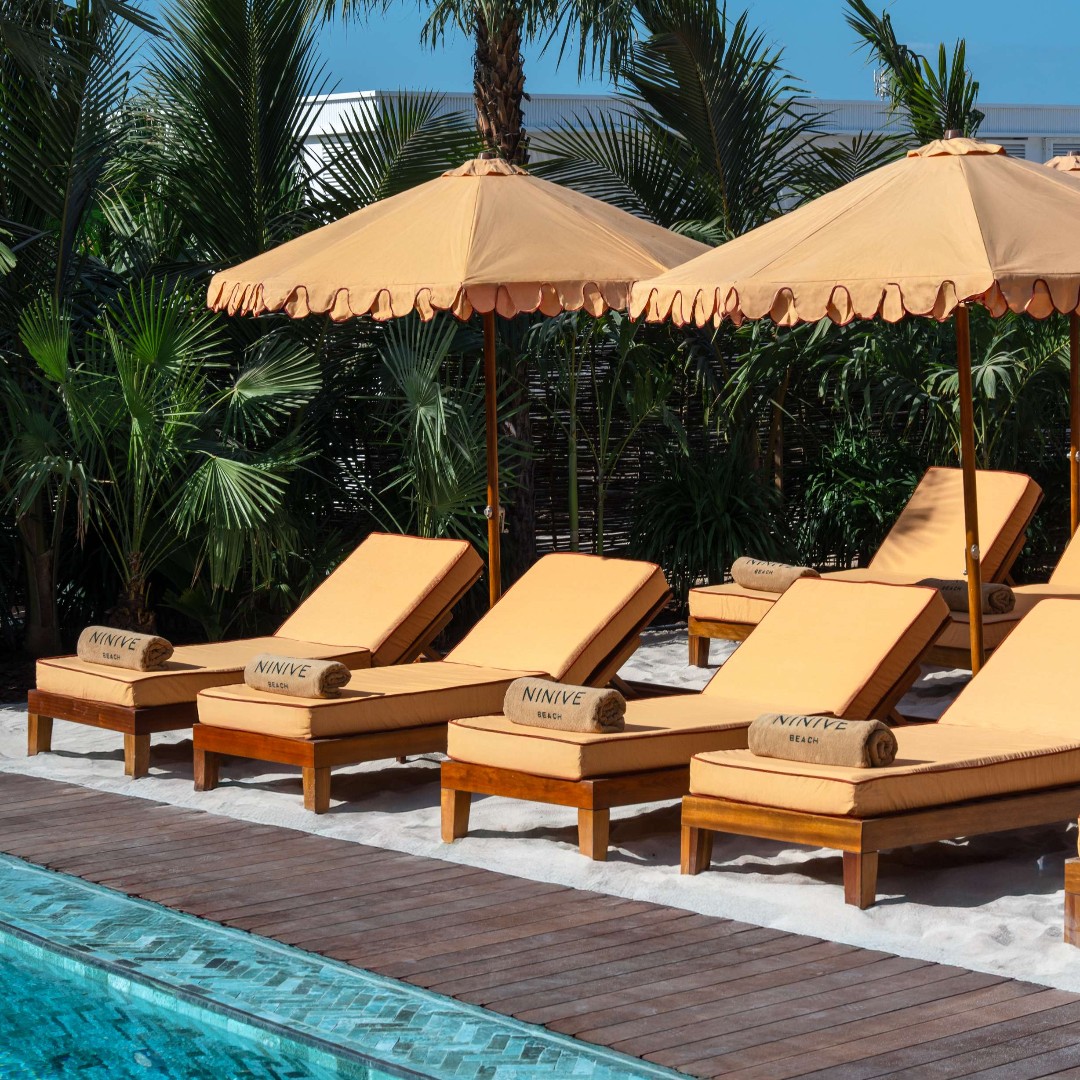
This sophisticated seaside oasis began its journey in DIFC and now brings Middle Eastern flavors to the beach. With sandy loungers and a tiled pool creating a serene atmosphere, Ninive also features an open kitchen for a unique dining experience. Pool and beach rates are Dhs250 on weekdays and Dhs300 on weekends.
- Facilities: Pool, open kitchen, rooftop dining, and beach access.
- Location: J1 Beach, Jumeirah 1
- Hours: Pool 10 AM - Sunset; Restaurant 12 PM - 1 AM
Additional Tips for Your Visit to J1 Beach
-
Arrive Early: To secure the best sunbeds and cabanas, especially on weekends, consider arriving early. This will also give you time to enjoy a leisurely breakfast or coffee at one of the beach clubs.
-
Reserve Ahead: Many of the restaurants and beach clubs offer reservations, which is highly recommended, particularly for larger groups or during peak times. This ensures you won't miss out on your desired dining experience.
-
Dress Code: While most venues are beach casual, some upscale restaurants may have specific dress codes. It’s always a good idea to check in advance to ensure you’re appropriately dressed.
-
Explore Multiple Venues: With twelve unique offerings, make a plan to explore different venues during your visit. Each spot has its own vibe and menu, so sampling a few can enhance your experience.
-
Stay Hydrated: Dubai's sun can be intense, especially during the summer months. Drink plenty of water throughout the day, and consider refreshing beverages available at the bars.
-
Check for Events: Many of the beach clubs host special events, live music, or themed nights. Check their schedules ahead of time to catch any exciting happenings during your visit.
-
Family-Friendly Options: If you’re visiting with family, look for venues with kids' clubs or family-friendly amenities, such as Gigi Rigolatto or Almayass, to ensure everyone has a great time.
-
Transportation: Consider using ride-sharing apps or taxis to reach J1 Beach. Parking can be limited, especially on busy days, so leaving your car at home might be the best option.
-
Sun Protection: Don’t forget sunscreen! With plenty of time spent outdoors, it’s essential to protect your skin from the sun.
-
Enjoy the Nightlife: Many venues at J1 Beach transition into vibrant nightlife spots. Make the most of your evening by enjoying sunset drinks and the lively atmosphere as the sun sets.
J1 Beach is not just a destination; it’s an experience that captures the essence of indulgence and relaxation. With its diverse range of facilities, from luxurious pools and private cabanas to exquisite dining options and vibrant nightlife, this new beach resort is set to become a must-visit for locals and tourists alike. Whether you’re looking to unwind by the pool, savor gourmet cuisine, or dance the night away, J1 Beach has it all.


.jpg)


.jpg)


.jpg)


.jpg)







.jpg)

.jpg)
%20-%20Copy.jpg)
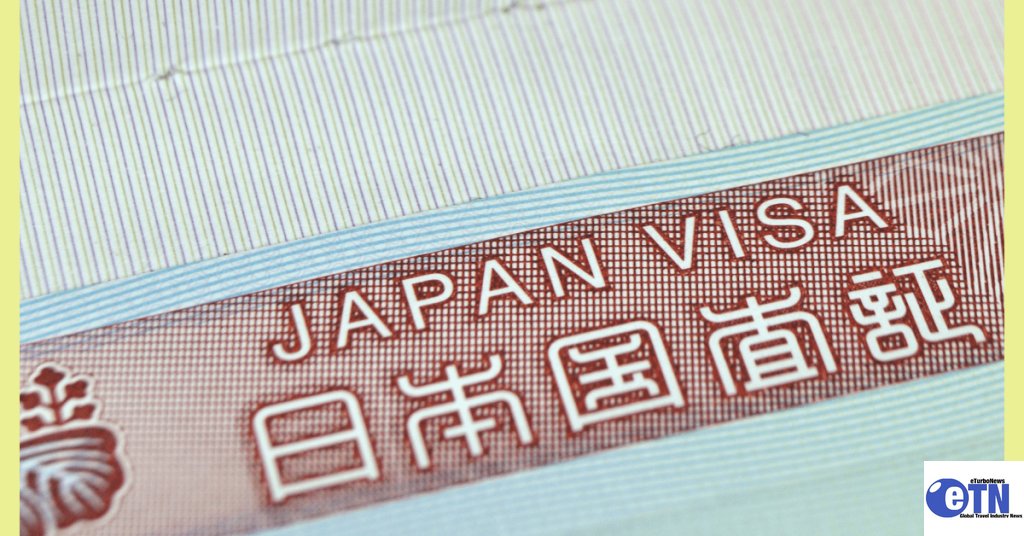





























.jpg)
.jpg)







.jpg)




